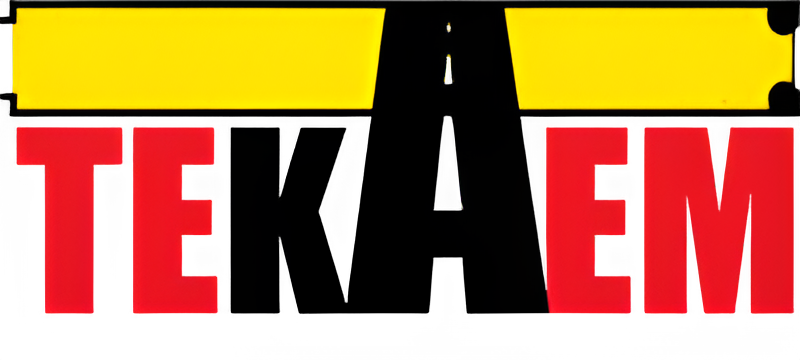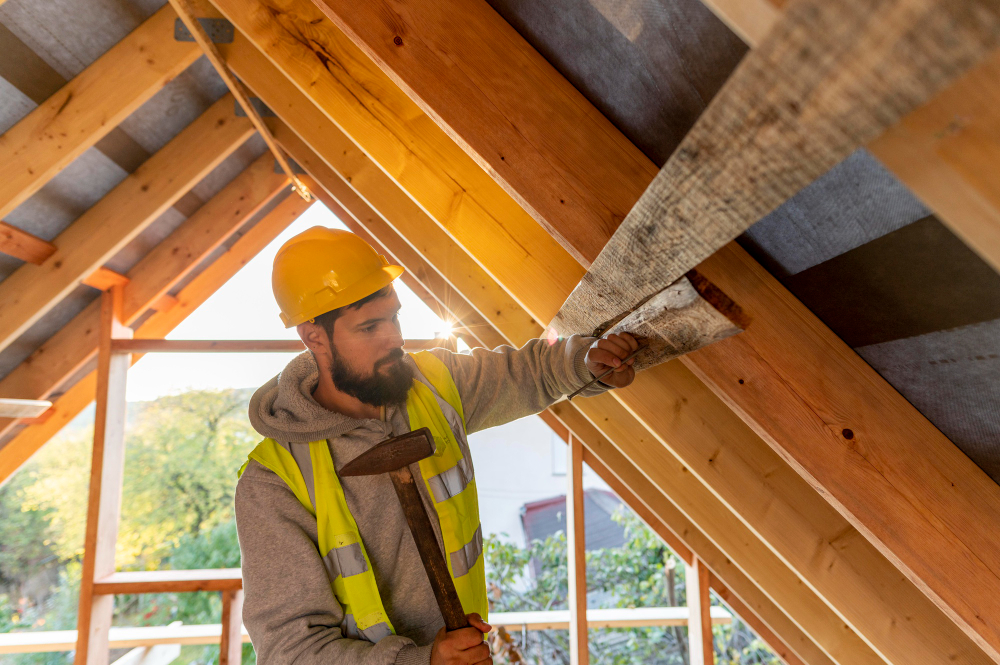A well-insulated roof is the foundation of an energy-efficient home. PIR and XPS boards are among the most effective insulation materials. Which one is better? How do they differ? We provide some guidance.
What are PIR and XPS?
- PIR (polyisocyanurate) – a modern thermal insulation material that combines a very low thermal conductivity coefficient (λ ≈ 0.022 W/mK) with high strength. The boards are lightweight, rigid and moisture resistant.
- XPS (extruded polystyrene) – a popular insulation material with a slightly higher λ coefficient (approx. 0.030 W/mK), but very resistant to moisture and
Where to use it?
- PIR boards are ideal for insulating pitched and flat roofs, walls and attics. They are available in many versions: with ALU, OSB, plasterboard or fibreglass cladding.
- XPS is suitable for use under floors, in foundations, on façades and flat roofs – where there is a higher risk of moisture.
Which material is better?
| Feature | PIR | XPS |
|---|---|---|
| Insulation properties | Very high | High |
| Thickness required for good insulation | Less | More |
| Moisture resistance | High | Very high |
| Compressive strength | Very good | Very good |
| Price | Higher | Lower |
The most popular products in our range:
- TermPIR AL – universal boards with aluminium cladding
- Thermano ROOF – dedicated for roofing
- TermPIR OSB / GK – for insulating walls and attics
Summary
If you want maximum insulation with less thickness, choose PIR. If you need moisture resistance in harsh conditions, choose XPS.

